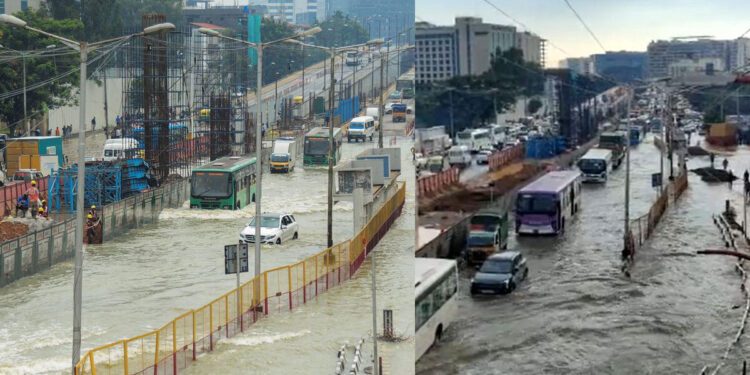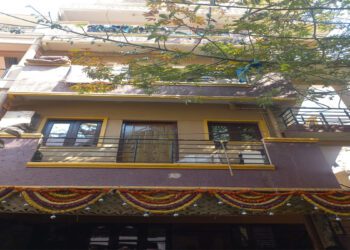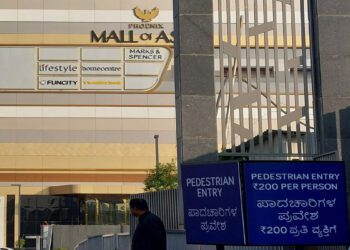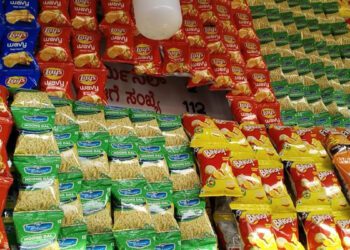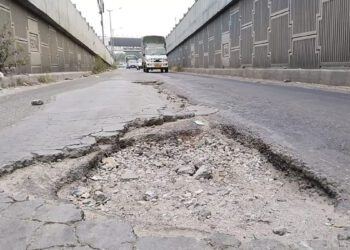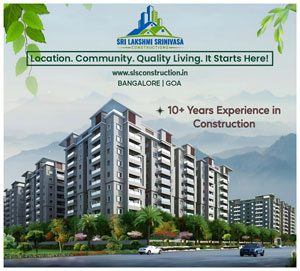Bengaluru Public Works Department (PWD) chief engineer made a report about the poor quality of the roads. The report’s results were used as the basis for the white-topping project in Bengaluru. The then-BJP-led government proposed 114 km of white-topped roads at a cost of Rs 1,400 crore. But the most recent state budget cut the amount of money to Rs 800 crore and said that 100 kilometers of road would be white-topped.
Both governments wanted to pave more roads with asphalt, but the report from former PWD chief engineer Captain R R Doddihal and his team of experts has been sitting idle. The 38-page paper had rules for choosing roads, hiring experts, and keeping track of jobs better.
According to the study, the Doddihal-committee suggested that roads be chosen based on six factors, such as average daily traffic, utilities under the carriageway, the last time the road was asphalted, drainage state (is the road likely to flood), and so on. It said that roads should be paved with asphalt if they have a “L” grade, a good drainage system, or no services under the road.
But BBMP sources say that MLAs usually choose the roads based on what the people have to say.
So far, the BBMP has built about 150 kilometers of roads with white tops around the city. A few roads, like Kasturba Road, Nrupatunga Road, Gandhinagar, KR Road, and Indiranagar, are in good shape, but most roads are in bad shape. There are many bumps on the white-topped parts of Outer Ring Road, Mysore Road, and Ulsoor Road (near the lake) because the road surface is not smooth.
When the group looked at C V Raman Road, Kodigehalli Road, 8th Cross from Yeshwanthpur Circle, ORR near Hebbal, and other roads, both drivers and the Doddihal-report found problems with the roads’ quality. Some of the problems mentioned in the study are that the joints weren’t filled with asphalt, the camber wasn’t the same, reinforcing bars weren’t put in where they were supposed to be, and so on. This suggests that a better quality control method is needed.
Because the project is expensive, the government set up a group to come up with ways to cut costs. For example, they suggested using stone dust instead of sand and cementitious material slag. Other suggestions include lowering the tender package to less than Rs 100 crore to allow for open bidding, using automated excavation instead of hand excavation, experimenting with drains, sidewalks, recharge pits, and parking space, and using bars between two lanes, among others.
KT Nagaraj, who used to be the head engineer of the BBMP before he retired, says that asphalt roads can be made quickly, but rain can damage them. “Concrete roads are better in many ways than asphalt roads, except that they take longer to build.” “We have to import raw materials to make asphalt roads, but India has materials for concrete roads,” he said. “The key to making concrete roads work is to make sure there are no utilities under the road.”
He also said that it is not fully true that white-topped roads are more expensive than asphalt roads. “White-topping a kilometer of a stretch costs almost as much as asphalting.” “The overall cost of the project looks high because extra things are being added to make it last longer, like separate ducts for utilities, better footpaths, streetlights, and so on,” said KT Nagaraj, who helps Dy CM DK Shivakumar with technical issues.
Some drivers, on the other hand, think that white-topping roads on a big scale are bad for the city because it could lead to urban heat islands. Some people also thought that riding on asphalt roads was much better than riding on concrete roads. “It’s not good to put money into concrete roads to make them last longer.” Even more so because they have never been found anywhere in India, all of Bengaluru’s concrete roads that are more than 5 years old are now broken. The first thing the BBMP tried (MV Jayaraman Road) looks like a battlefield. “The road to Suranjandas is the same,” one driver said.


